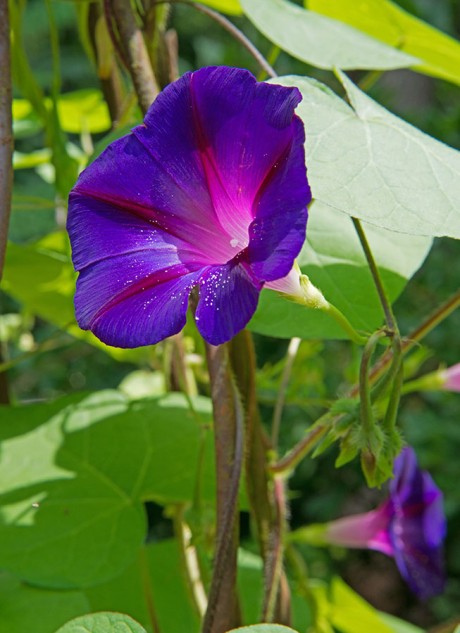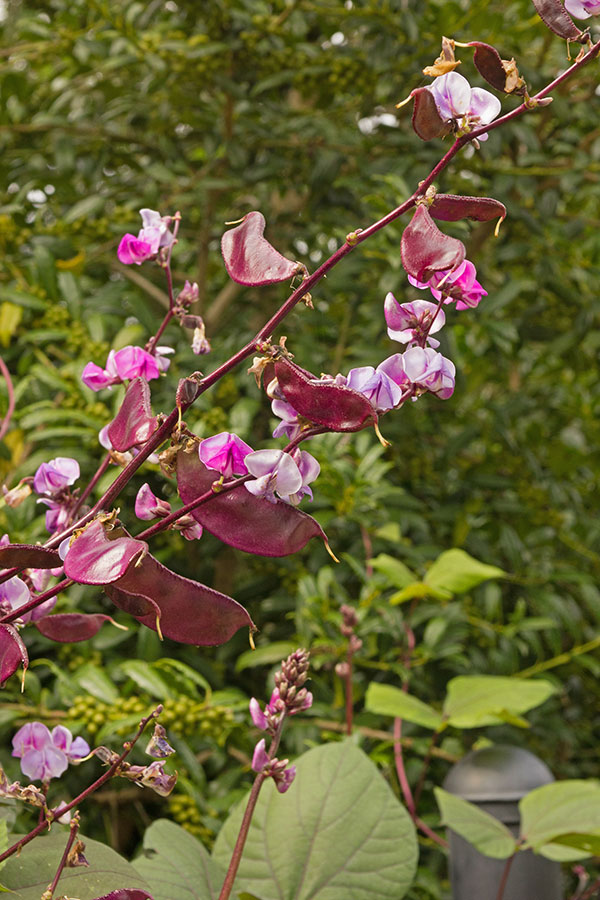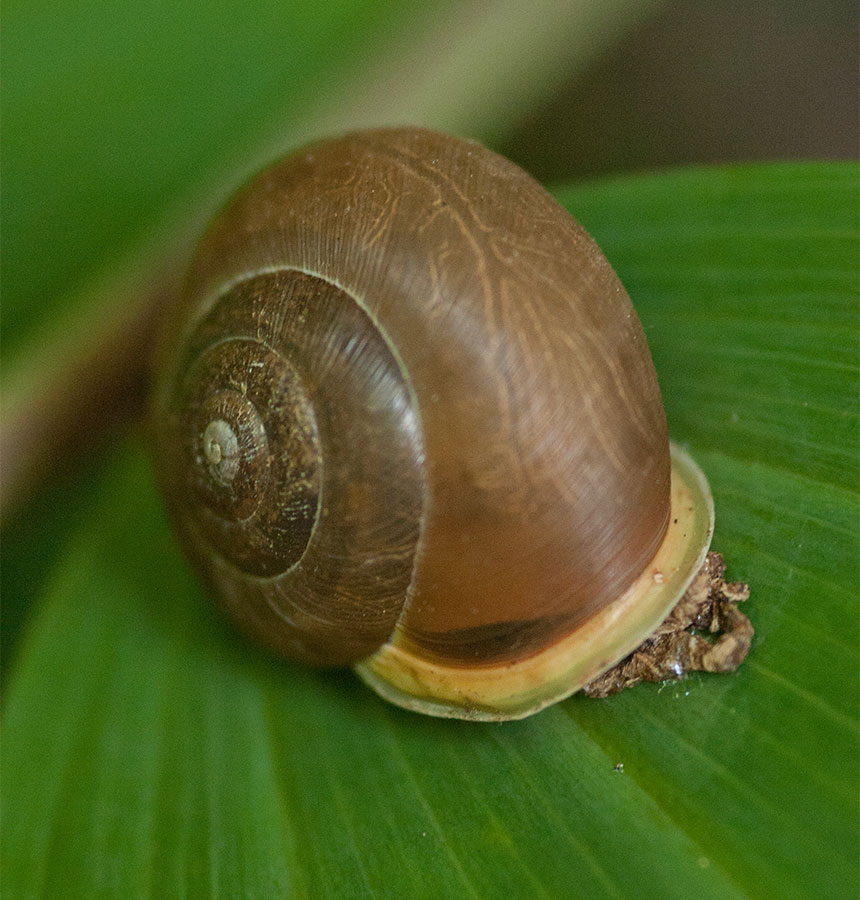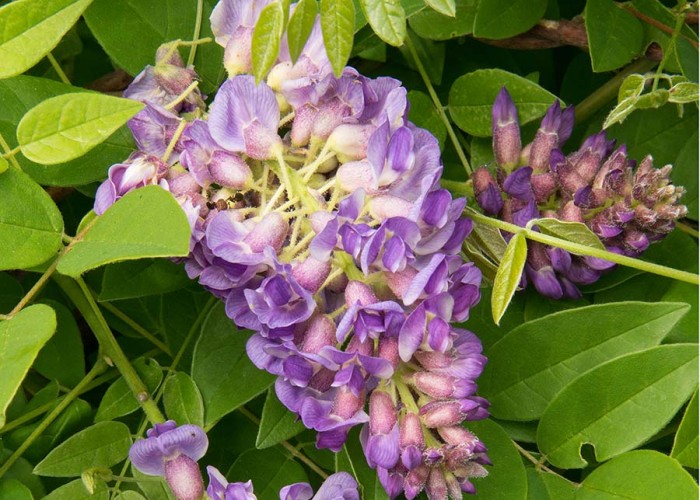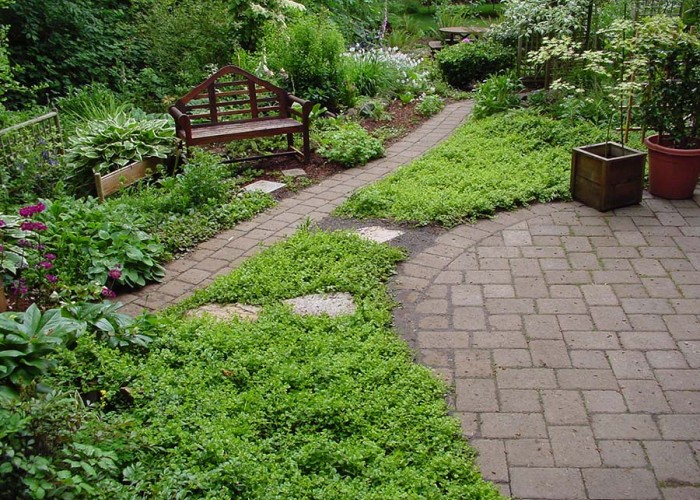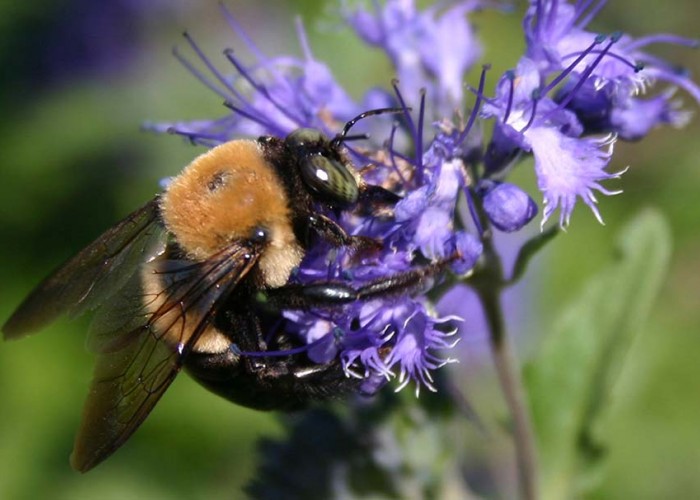Five Flowering Vines That Provide Fast Cover
Plus Garden To-Do’s for March
By L.A. JacksonIf your patio, porch or deck could use some relief from the summer sun’s hot, incessant rays this year, an all-natural shady solution can be had with flowering vines. There are many such vines that are fast climbers full of light-blocking foliage, which, as a bonus, also put on bodacious bloom shows. You only have to provide a trellis, arbor or other means of vertical support, and then watch ’em grow!
Need examples? Here are five of my favorite flowering vines that are—with a tip of my hat to Bruce Springsteen—born to run:
1Morning Glory (Ipomoea tricolor). Snaking through farmland, morning glory is considered a weed; reaching for the blue heavens in a cultivated garden, it is thought of as a blooming beauty. This frisky plant is capable of stretching leaders up to 10 feet long that, as its name implies, will greet each new day with a fresh round of sassy tubular flowers.
2Firecracker Vine (Manettia cordifolia). Crackling red is the snappy color of the small, tube-shaped flowers that cover this vigorous vine, which can stretch to over 15 feet in length. The blooms don’t start putting on a show until mid to late summer, but their fireworks are worth the wait.
3Scarlet Runner Bean (Phaseolus coccineus). As a bean-producing plant, this vine is more dependable further to the north where summertime temperatures typically range below 90 degrees and won’t damage the plant’s pollen, but in the sunny South, this beauty will try, try and try to set bean pods with waves of flashy red flowers along 10- to 15-foot vines from mid-June until early autumn.
4Cypress Vine (Ipomoea quamoclit). Its feathery, fern-like foliage makes this vine seem delicate, but don’t be fooled—it is a strong climber that will easily reach 15 to 20 into the sky, dripping with small, bright red, trumpet-shaped blossoms that are hummingbird magnets.
5Purple Hyacinth Bean (Lablab purpureus). As advertised, this vine produces beans (and they are even edible when properly cooked), but the true value of this plant in the landscape is as a sprawling ornamental that not only produces runners up to 15 feet in length, but also sports pretty white to light lilac-colored flowers that freely mingle with maturing, electric purple bean pods.
I haven’t found any of these vines to be particularly hard to spot in garden shops, but if you don’t have any luck locally, they are all easy online finds.Garden To-Do’s for March
Concerned about slugs and snails snacking on your young garden plants this spring and summer? Dispatch them with the next generation of commercial slug and snail killers that contains iron phosphate as the active ingredient. While quite effective against slimy intruders, they are much safer for use in gardens frequented by pets and wildlife than Metaldehyde-based products that have been common for years.
- Discourage slugs and snails naturally by dusting light rings of wood ash around any tender targets to help keep these pests away. However, when the rains come, moisture will lessen the effectiveness of this barrier, so repeat applications are often necessary.
- ’Tis time to fertilize. In particular, established roses, shrubs, perennials and trees will benefit from a wake-up nutrient jolt early in the month. To minimize this job for the rest of the growing season, use a commercial time-release fertilizer that will slowly send nutrients into the root zone over the next several months.
- The new leaves of ornamentals and annuals will bring out a new wave of bad bugs. Aphids, in particular, will gang up on tender young foliage, so be on guard for these pinhead-sized pests that do their worst on the undersides of leaves.
- An additional, all-natural way to add time-release nutrients is to mix generous amounts of mature compost into growing beds.
-
More March Gardening Tips
-
Share this story:

